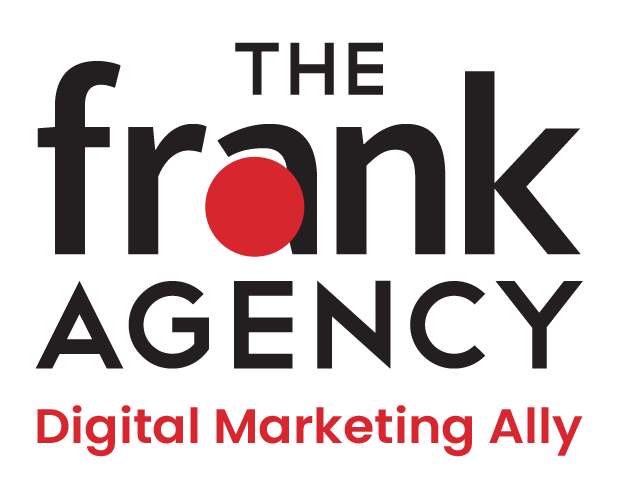What is Search Engine Marketing (SEM)?
Search Engine Marketing (SEM) encompasses various techniques and strategies to promote websites by increasing their visibility in SERPs through paid advertising. It involves creating targeted keyword campaigns, optimizing ad placements, and implementing bidding strategies to drive traffic to your website. Unlike Search Engine Optimization (SEO), which focuses on organic search results, SEM relies on paid advertising channels to achieve immediate results.
Why is SEM Important? Here are some key reasons why SEM is important for businesses:
- Increased Visibility: SEM allows your website to appear prominently in search results when users search for relevant keywords. This increased visibility enables you to reach a larger audience, especially during critical moments when they express interest or intent to make a purchase.
- Targeted Advertising: SEM provides the ability to target specific demographics, geographical locations, and user preferences. This precision targeting ensures that your ads are shown only to relevant audiences, maximizing the chances of attracting potential customers who are more likely to convert.
- Quick Results: With SEM, you can see immediate results as soon as your paid campaigns go live. This speed-to-market advantage allows you to generate website traffic, leads, and conversions quickly, making it an ideal strategy for time-sensitive promotions and product launches.
- Measurable Performance: SEM offers robust tracking and analytics tools that allow you to monitor the performance of your campaigns in real-time. You can measure key metrics such as impressions, clicks, click-through rates (CTRs), and return on ad spend (ROAS) to evaluate the effectiveness of your advertising efforts.
Effective Strategies for SEM: To make the most out of your SEM campaigns, consider the following strategies:
- Keyword Research: Conduct thorough keyword research to identify the most relevant and high-performing keywords for your industry. Focus on long-tail keywords that align with your target audience’s search intent.
- Compelling Ad Copy: Create compelling and persuasive ad copy that entices users to click on your ads. Highlight unique selling points, offer promotions, or address pain points to capture users’ interest.
- Ad Placement Optimization: Optimize your ad placement by targeting specific search networks, websites, or demographic segments. This ensures that your ads are shown to the right audience at the right time.
- Bidding Strategies: Develop effective bidding strategies to maximize your return on investment (ROI). Consider factors such as ad position, budget allocation, and conversion data to adjust your bids and optimize campaign performance.


